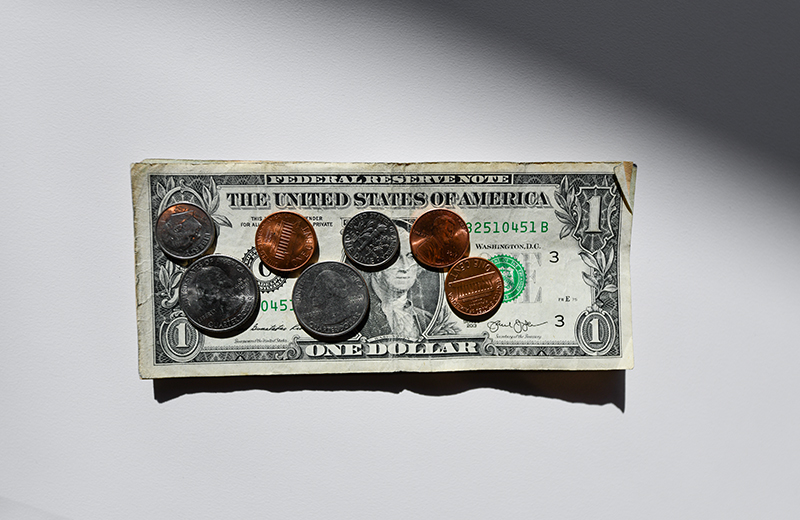
Saving is one of the oldest tricks for wealth creation. However, as consumer spending habits change, it becomes increasingly difficult to follow any saving rule or budgeting plan. As such, anyone who is interested in saving to build wealth needs to go an extra mile and learn the tips and tricks for saving money in today’s world. Here are five tips on saving money that you can use and improve your personal finances.
Analyze Your Financial Situation
There are two main scales on which you can grade yourself financially. First, you might be over indebted or free from debt. You might also have more expenses than earnings or vice versa. Regardless, you should have a good idea of where you are financially at any given point before coming up with a saving plan. If you are closer to being over indebted than being free of debt or have your expenses more than your earnings, you will have more to do to improve your finances and save more, than if you are not.
With this knowledge, you can also affirm your commitment to saving. Keeping things in the dark creates the illusion that all is well and that you can buy more of this and spend more on that. Finding out where you are before proceeding to where you need or want to be is a good way to begin saving.
Know your Spending
The next step is to find out how much you spend each month. This step requires discipline. You can start with a rough estimate of your monthly spending, but it is best to crunch the numbers on to the last detail. Every small amount is just as important as every large amount. Finding out exactly what you spend on will give you better results and also improve your financial acuity in the process.
At first, start with an “expense ledger.” On it, record each purchase and payment you make from your personal finances. It should be in the form of a table with four rows. The rows are for DATE, ITEM, QUANTITY, NECESSITY and FEELING. The DATE row records the day you made the purchase or payment. The ITEM row records what you bought or paid for. The QUANTITY row records what quantity it was. The NECESSITY row records whether the purchase or payment was a WANT or NEED. The last row, the FEELING row records what the purchase felt like.
The expense ledger is designed to help you keep tabs of what you spend on, how much you spend, how frequently you spend it and why you spend. The more you keep using it, the more you will get responsible with your spending. Having everything you buy or pay for spelt out before you is sobering. Even if you are not consciously saving up, you will find out that you do not spend as frivolously as before.
Budget
After having an expense ledger for 3 to 6 months, you can start making a budget. It is all the same if you start sooner. Start whenever you feel you are ready. Budgeting requires knowledge of how much you spend. Using this knowledge, you can make a strict spending plan for the whole month. This is essentially what a budget is.
The budget helps you pay your bills, your rent and buy food and other basic necessities in between payrolls. Without a budget, you will have a problem making it through this time period. If you find yourself running out of money before the next payroll, you need to budget to avoid situations that may drive you into debt. Debt is spending money you do not have. A budget puts a cap on your spending so that you never spend more than you earn.
Find Out Where You Can Cut Back
This next tip is where you save. If the amount you spend is equivalent to the amount you earn, you are not saving. To save, you must spend a lower amount than you earn. This means making cut backs on the things you want but do not need. You might even be forced to buy cheaper brands of what you do need. You might also want to look at the possibilities for earning an additional income stream, for example, possibly looking at ways of making money through part-time jobs or evening gigs. Remember to always look for any grants or financial support that might be available to you, for example the sassa status check.
Set Saving Targets
The only way you will save is if you have a good reason to save. As a result, this last tip is that you should create a saving goal. It might be in the form of an item you want to purchase, a venture you want to explore, a specific amount you want to save for the fun of it or even a debt you need to pay off. Either way, you should have an amount of money for each goal. Having a saving target motivates you to make the necessary sacrifices that come with saving. Put whatever savings you do have into an account with the best interest rates.
Conclusion
Ultimately, to save more money, you need to be disciplined and committed to your savings plan. These tips will start you off but you have to do the hard work of ensuring you save consistently and grow your savings account to your desired levels.
Staf writer